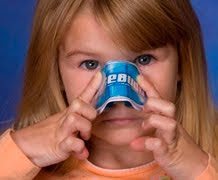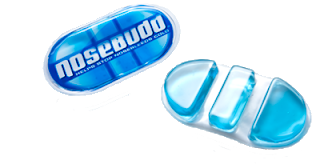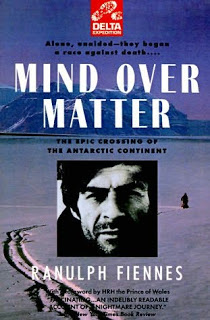Angels Among Us: Steven Riedle and His Gift to China
 |
| Chinese boy with hemophilia before his accident |
would cure his hemophilia eventually] On that same day, he received his last regular
ship of factor VIII. I was hoping for that, so I could donate his factor to the
island of Hainan, in China. I waited a few months because I really didn’t believe
the transplant would cure his hemophilia. It did! The product was shipped.
the day of the eclipse, in August 2017, I got a message asking if the medical team in China
should use the factor we donated to try to save a young boy’s life. He was only
four years old, and had fallen and hit his head. Of course, I said yes, try it!
I knew a mom there, Xiaohua Liu, who has a son with hemophilia and she handles
shots and factor needs on the island. A few years ago, I even bought her a new
moped so she could get around better to help the other hemophilia families. This
is China: she risked jail, while gathering the hemophilia community at the
island, and then petitioning the government for more factor for the patients.
Instead of going to jail, she won the petition and got nine boxes of 200 IU of
factor a month! This was a success but hardly enough. My brother’s factor came
in much larger assay sizes: 4,000 IU every other day. The little boy needed
bigger shots for physicians to even attempt the surgery. They had to take a piece
of his skull off to relieve pressure on his brain. I know he would have surely
died without this gift of factor VIII. Mostly, I thought I would just be
keeping children from having to be wheelchair-bound. Saving a life wasn’t
really in my mind when I sent the box.
 |
| After head injury: 70% die soon after getting in this condition |
years old then. Back in 1982, they didn’t even try to give him a proper dose of
factor, as I remember. Maybe they didn’t have the surgery option ether. I
really don’t know. All I know is about 15 hours later he was dead. Saving this
boy’s life— and I don’t even know his name— in a way helped heal me. That event
back in 1982 broke me. It would be years later before I cared about my future
or school again. Helping to save this boy’s life was a great thing for me, and for
the boy and his family. Those few times I found some factor in my luggage or
stuffed in the back of the cabinet where I keep all the hemophilia stuff
certainly can save a life. Even just helping to relieve the pain of an
untreated bleed for a person living in a country where factor is rare.
 |
| Tweezers holding piece of his skull, taken out to relieve the pressure |
need of factor all over the world. Donate factor here. Save a life there.
hemophilia, and is the inventor of Noseebudd, a therapeutic device to help stop
nosebleed. You can purchase a Nosebudd at nosebudd.com
 |
| Recovery |
 |
| Boy with his baby sister at birthday party |




